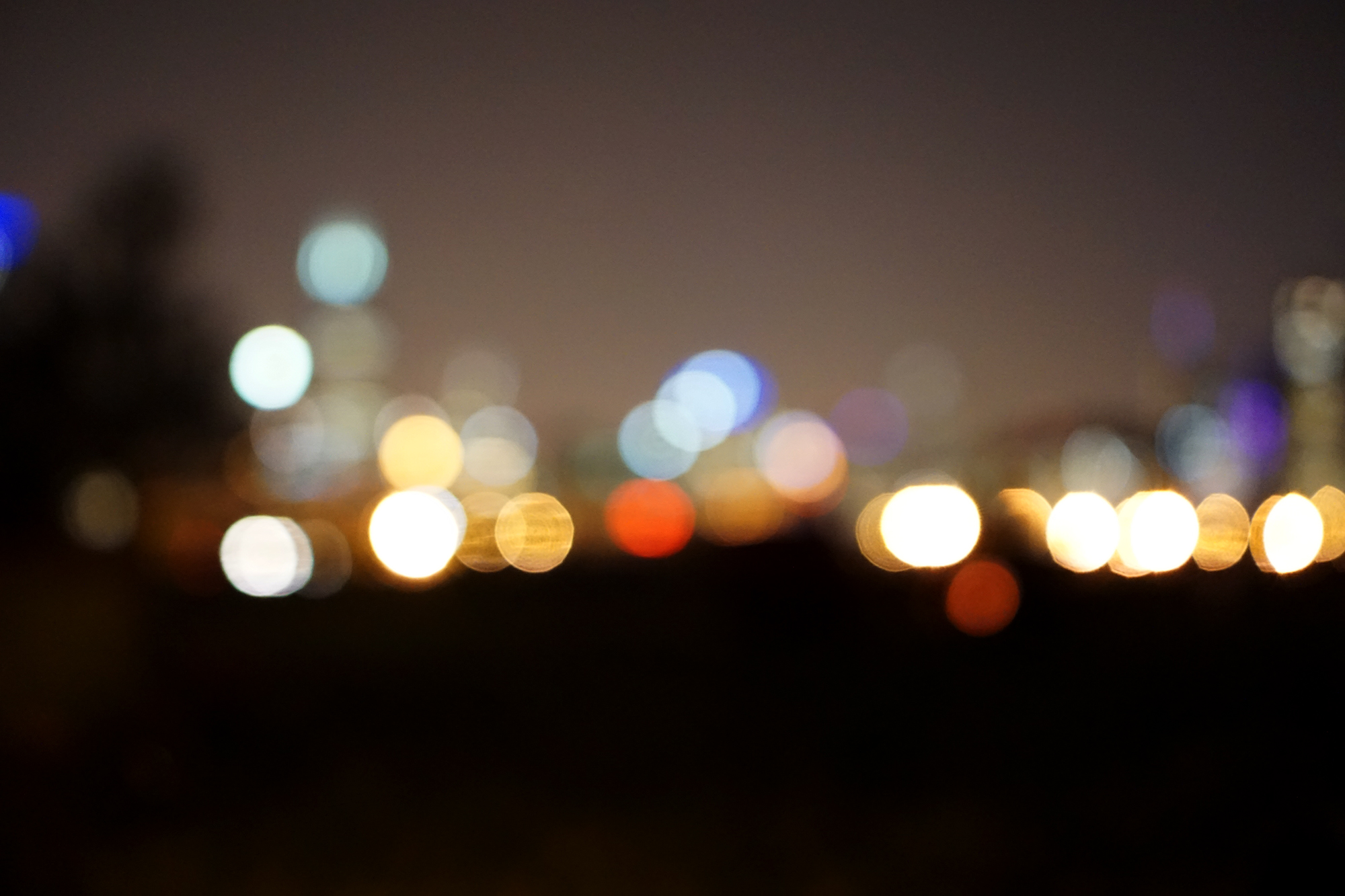Perseid Meteors, and the Moon

My favorite part of any long nighttime car ride is near the end, when you turn off the highway, leave the whirring doppler effect behind, and pull onto a dusty two-lane street. With the windows open, you can hear the clicking and humming, insects and other small bits of life, vibrating in the forest beyond the reach of your headlights. Pulling into Indiana Dunes State Park last night, the orchestra took flight, the sounds of bugs pulsating, shaking like a full band of maracas.
When we parked and walked toward the roaring waves of Lake Michigan, the air turned cool and damp. We pushed through the mist hovering just above the dark sea of dune grass. Cold sand sifted between our toes as we waddled to an open spot on the beach. The loud crash of lakewater slowed and dampened as we laid out blankets and lowered ourselves down.
Getting your bearings in the dark is tough, but our eyes slowly adjusted. An inlet of rippling water to our left, miles of soft, quiet beach to our right. Black masses lay in gathered groups on the sand, couples, families, reclining spectators awaiting the show. In the distance, a group of eager stargazers waved glowsticks below the deep black silhouette of the hulking forest. We pulled on hooded sweatshirts and huddled close. We arched our necks and searched the sky.
Millions, billions, innumerable families of stars gazed down at us, their unwavering eyes gleaming curiously, so many lightyears away. Airplanes and satellites blinked overhead, wading in the unknowable distance. The sky was alight, gorgeous and indifferent to the aura of light pollution radiating from Chicago. We looked up, eyes darting between constellations, and suddenly, quickly, a bright green streak rushed across the blackness. The shrieks and gasps swelled among the crowd, index fingers jutted from balled fists, pointing up toward what just was.
A meteor, sometimes the size of a marble, more often no bigger than a grain of sand. Crashing into our atmosphere, compressing the air around it, heating to an unimaginable degree, and burning away. A scientific explanation for what feels, in the moment, like magic. Like a secret, shared only by those lucky enough to catch the same shooting star. I took no photos, I have no evidence of what I saw, all I have are my memories of staring into the abyss above, asking my questions, and receiving the answers in the form of dust and ice, mass meeting gas.
After the show — meteors bursting every few minutes, the wind whipping from all directions — the clouds began to crowd the sky, obscuring the stars from view. That’s when, from behind the towering tree-topped dunes, an even brighter glow caught our eyes. The three-quarter moon, cratered and luminous, enveloped by a rosy pink halo. She climbed, filling the void, shining a cold heat, dancing slowly to the soundtrack of spindly arthropod legs fluttering in the forest. This is the moon that followed us all the way home; back down the two-lane road; back onto the roaring highway; back to the concrete puzzle of streets where we laid our heads to sleep, dreaming of the magnetic splinters of light we saw spark, stretch, and disappear.
